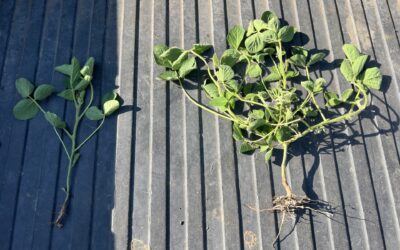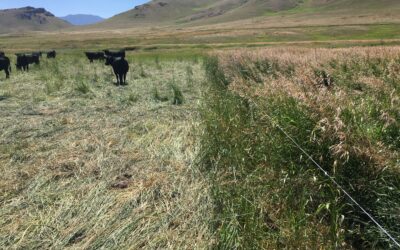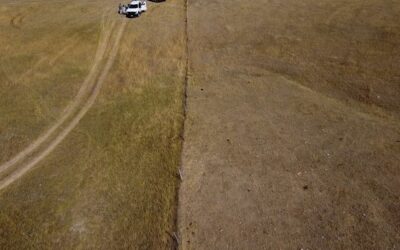Limited Disturbance
Soil Health: Principle 2 of 5 – Minimizing Soil Disturbance
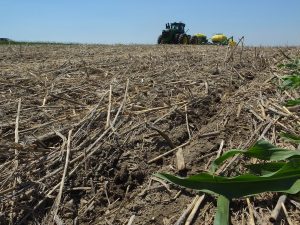 Soil disturbance comes in three varieties, with each form impacting important soil functions.
Soil disturbance comes in three varieties, with each form impacting important soil functions.
Physical Disturbance: The most obvious form of soil disturbance is by tillage. Compared with soils under no-till soil health management, tilled soils have:
- Decreased water infiltration and storage. Tillage destroys soil aggregates and severs natural pathways and pores created by roots, worms and soil biota. When these pathways are broken, precipitation slowly seeps into the soil, often at rates slower than the rate of rainfall. Soil water storage is decreased because the aggregates that create pore space for water to be held are destroyed, and organic matter is reduced. Soil organic matter can hold up to 20 times its weight in water (Reicosky, 2005).
- Reduced organic matter. Tillage destroys organic matter by exposing it to air. When exposed to air, organic matter is consumed by opportunistic bacteria, and lost through erosion.
- Increased Erosion. Water erosion increases because of reduced infiltration rates; and wind erosion increases because tillage leaves less protective residue on the surface.
Biologic Disturbance: While not as visually obvious as a physical disturbance such as tillage, biological disturbance also impacts soil function. All soil life needs energy to survive. That energy is provided by plants. Plants harvest CO2 and sunlight through photosynthesis to produce energy, namely sugars, some of which is transferred via roots to below ground life. A living root in the soil as much as possible is important. Cover crops in your crop rotation are a great way to extend and diversify living root presence. Proper grazing management will also increase the ability of perennial plant to harvest sunlight.
Chemical Disturbance: Chemical disturbance occurs with overuse of fertilizers, herbicides, insecticides and fungicides. A diverse cropping system can help reduce reliance on pesticides and fertilizers.
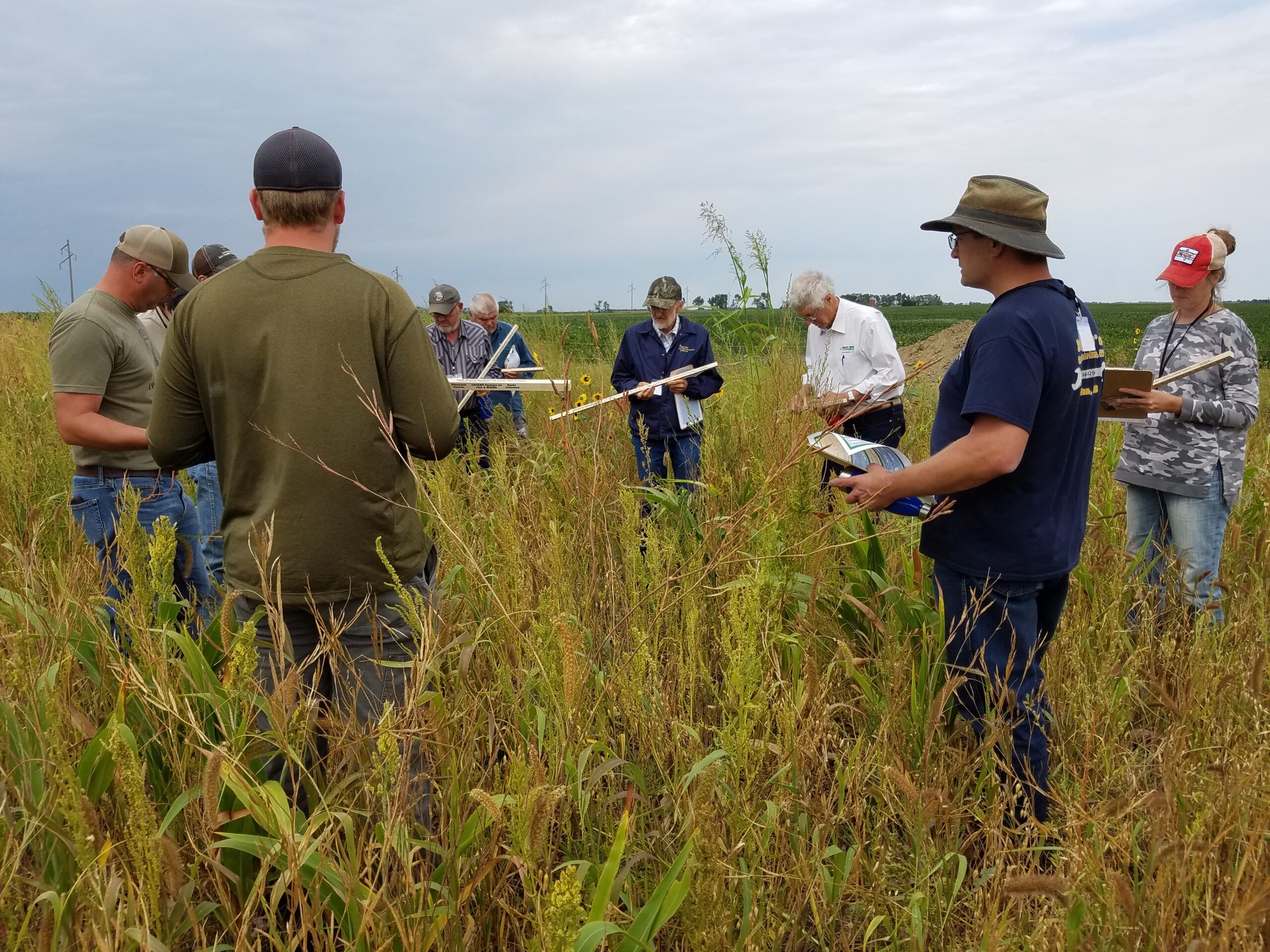
West River Soil Health School Registration Open!
In 2024, the South Dakota Soil Health Coalition will host an additional Soil Health School in west of the Missouri River! The 2024 West River Soil Health School with be held June 26-27 near Caputa, SD! This school will focus on issues specific to the land, climate, and ag production systems of wester South Dakota. Class size is limited, so early registration is strongly encouraged!
News & Events
Farmer reaps higher yields by interseeding soybeans
By Stan Wise Alex Frasier has spent a lot of time studying what it takes to grow a successful crop. After studying ag production and precision technology at Lake Area Technical College, he has worked in ag retail and currently works as an agronomist in Aberdeen, SD....
Farm and ranch innovators to share new ideas at Soil Health Conference
By Stan Wise PIERRE, SD — Before Cooper Hibbard came home to manage his family’s ranch, he studied ag business, rangeland resources and Spanish at California Polytechnic State University and then worked on ranches all over the world. That education and experience...
Wintertime is decision time
By Stan Wise PIERRE, SD – It’s often said that the best time to start improving your land was 20 years ago, but the second-best time is right now. That statement might be harder for ranchers to swallow with winter on their doorstep, nothing growing in their pastures,...
